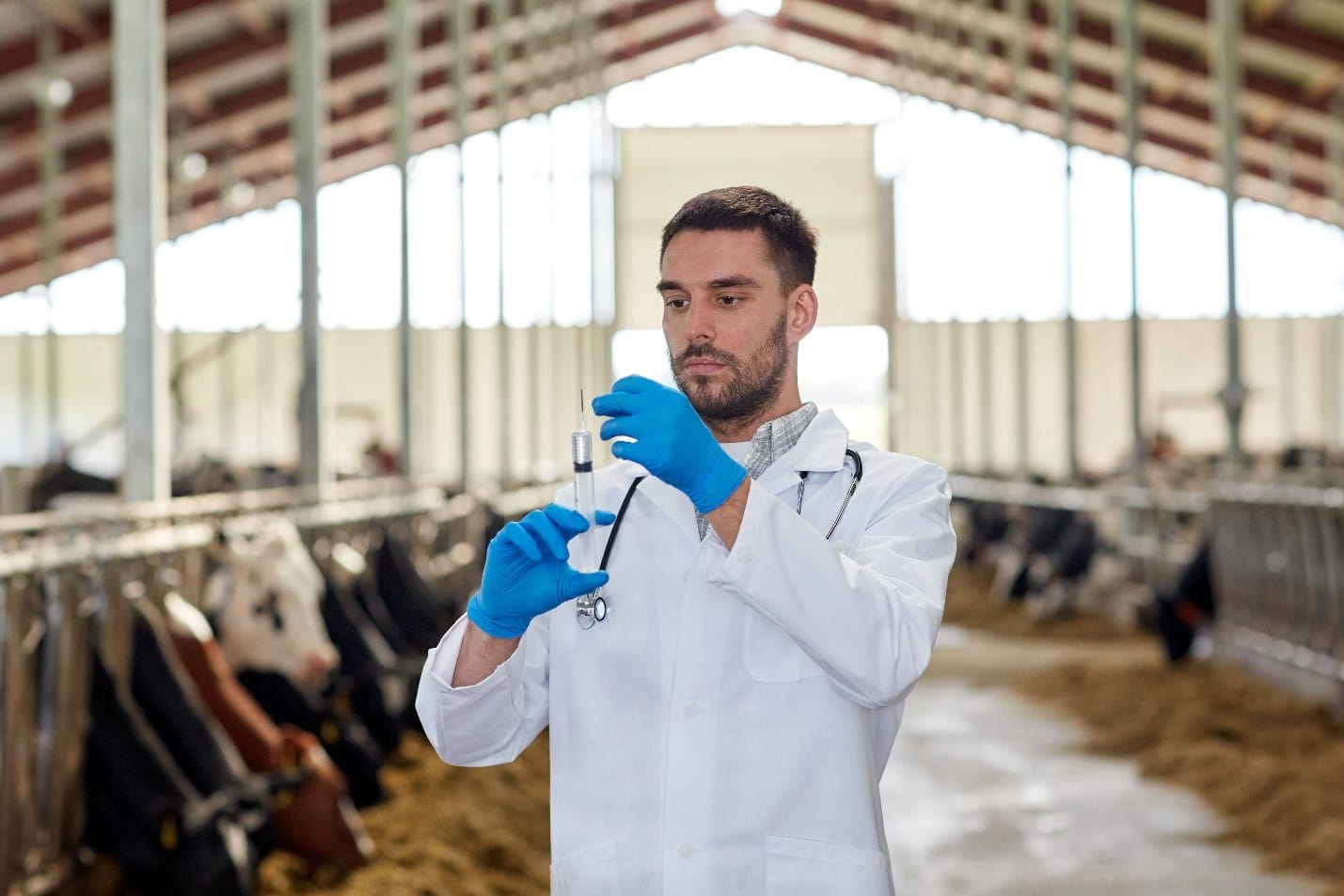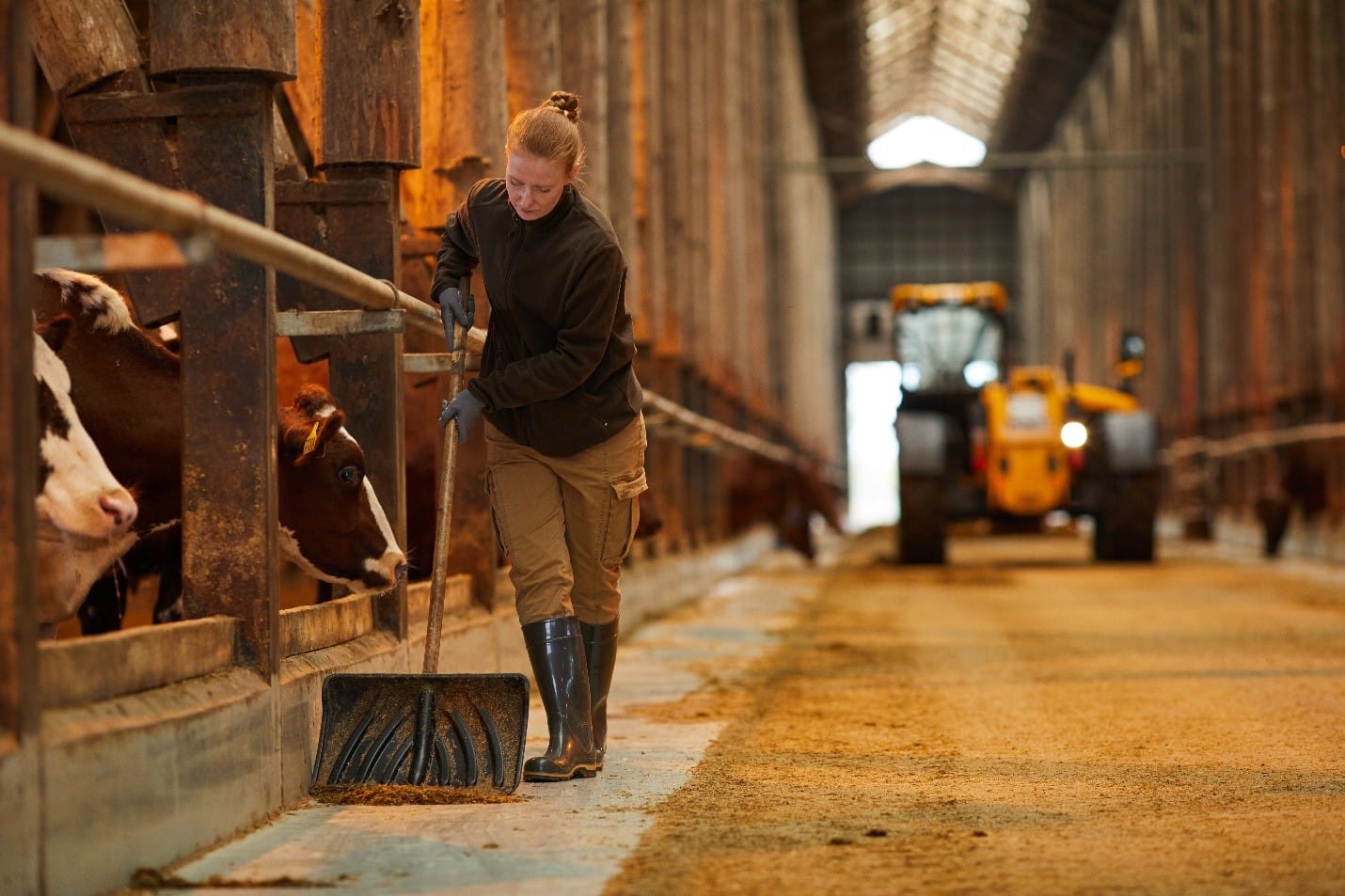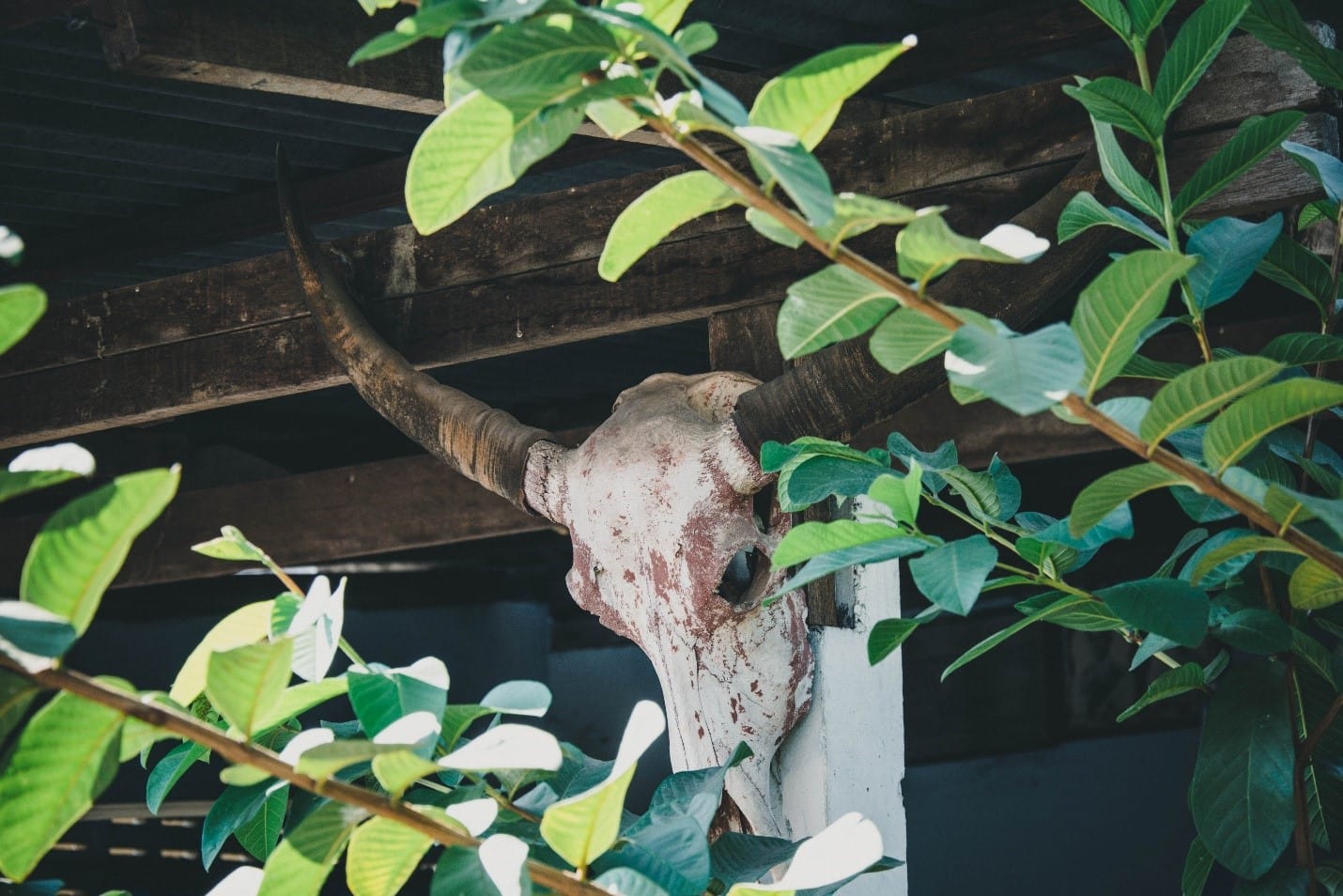Article Summary:
There’s already a lot to deal with, from the quality of your pastures to the quality of milk, and the health of your cows. This is why it’s important to have a sound risk management plan, so that you don’t have any unwanted surprises creeping up. Risk management should be viewed as an intrinsic part of farm management. Some certain risks and threats could be the downfall of an entire farming enterprise, if managed less than perfectly. In this article, let’s talk about how you can manage biosecurity risks on your farm effectively.
No one likes to be caught by surprise. And dairy farming in itself isn’t an easy job.
Especially, because cows and nature aren’t going to take orders from us!
And there’s already a lot to deal with, from the quality of your pastures to the quality of milk, and the health of your cows. This is why it’s important to have a sound risk management plan, so that you don’t have any unwanted surprises creeping up.
Risk management should be viewed as an intrinsic part of farm management. Some certain risks and threats could be the downfall of an entire farming enterprise, if managed less than perfectly. In this article, let’s talk about how you can manage biosecurity risks on your farm effectively.
Biosecurity is defined as the sum
total of practices designed to avoid introducing agents onto the premises. Such agents can be bacteria, viruses, fungi and toxins. Australian farmers already have many elements of biosecurity in place as part of normal operations namely, the National Livestock Identification System (NLIS) and the Livestock Production Assurance (LPA) scheme.
Managing biosecurity comprises of the following steps:
- Preventing disease, weeds and pests
- Managing livestock
- Monitoring farm inputs
- Controlling visitors
- Containing effluent and waste
- Protecting from neighbours
- Segregating dead animals
Preventing disease, weeds and pests
Animal diseases usually find their way into a farm via animals that have been newly purchased, or via existing animals that have been off-farm at a cow parking or shows.
The risk of these diseases snaking their way around your farm can be minimised by carefully studying the disease status of the originating property, inspecting animals before their introduction, separating and observing animals before allowing them to be in contact with other animals, getting your semen and embryos from credible sources, limiting contact with wildlife and feral animals and checking National Vendor declarations thoroughly.
Managing livestock
Main elements of a health-for-herd program must include:
- Regular vaccinations to prevent diseases
- Always observe your cows when they’re being milked
- Treat mastitis on an urgent basis always
- Work with neighbours to prevent the spread of diseases and weeds from nearby properties
- Immediately report disease outbreaks to your vet
- Ensure that there is a proper plan for management and disposal of dead stock

Monitoring farm inputs
You know that virtually anything – right from feed to bedding to equipment to vehicles to visitors – literally anything and everything is capable of introducing pests and diseases to your prized livestock. So, the key is to monitor all the variables on your farm and make sure that none of them comprise diseases, weeds, or pests.
And how do we do this?
- By purchasing animals from reputed suppliers who have all the necessary documents in place
- Making sure that the stock feeds are free of animal products
- Limit access to water bodies and watercourses
- Thoroughly check sources of farm inputs to make sure they don’t pose any risks
- Observe withholding times for products that are introduced like animal manure fertiliser and poultry shed effluent

Controlling visitors
Both employees and visitors have been known to spread infectious agents on a dairy farm. However, the transmission of pathogens from humans to bovines can be largely restricted by providing laundry facilities for all protective clothing on the farm.
Now it may sound like we’re sneakily inserting in a marketing plug for some washing detergent but trust us, it works, and how! Using clean clothing for farm visits, providing disposable boots for visitors, washing hands before and after working with young animals all look like seemingly simple steps but they sure do go a long way in protecting your farm against threats caused by visitors!
Milking parlor personnel must wear latex gloves while milking so that the spread of pathogens is curbed.
Here are some sample rules for your staff/employees that you can post at your farm on a bulletin, a notice board, or at the entrance:
- Record all farm visitors in a logbook
- Restrict access of visitors to the barn/premises with animals
- Visitors must wear clean clothes/boots
- Visitors must use a footbath to clean their boots before entering the stable
- Dealers of new animals are now allowed to contact the existing farm animals. (Ensure that the access of cars is on a route that directly leads towards a quarantine area that is located away from the present herd.)

Effluent & waste management
Here, the main goal is to contain effluents and farm waste in a way that will prevent the spread of diseases by:
- Implementing an effluent use plan that includes controls to prevent the spread of disease
- Having a disposal plan for waste materials that could be contaminated like bedding, syringes, or even milk
- Capturing, containing and safely disposing effluent from dairy and yards within the boundaries of the farm itself
- Fencing off effluent storage areas so that people and your animals do not have access to it
Protection from neighbours
We know the bible says to ‘love thy neighbour’ but not if they’re unknowingly going to be the cause of a disease outbreak on your farm!
Neighbours can be a source of animal diseases and weeds. Here are some measures you can take to prevent the risk of neighbours
- Secure the borders of your farm so that your livestock can't wander off to an adjoining property
- Maintain contact with your neighbours and keep yourself abreast of any biosecurity threats at their property
- Most importantly, work in tandem with your neighbours to minimise the spread of diseases, weeds and pests in the surrounding areas.
Segregating dead animals
- Dead animals are a major source of infection for other animals. More so, if they have died from infectious diseases! They can also cause environmental damage and disturbances to the neighbours if they aren’t done away with properly.
- Dispose of carcasses as soon as possible. The options for disposal could be either calling a licensed deadstock collector, a burial in an approved animal disposal pit or composting.
- Check with the local and state authorities regarding the regulations for disposing of dead animals in your area
- It’s always better to reach out to a vet if you find that your animal exhibited some neurological signs before passing
- Ensure that your disposal areas are secured and contained so that livestock, feral animals and wildlife do not have access to it
- Disposal areas should not be in locations that can cause a nuisance to neighbours or spread contaminants into the atmosphere or waterways

Statistics have proven that nearly 49% of staff did not provide formal training to new staff on aspects of animal health, or layout concrete rules to be followed for safety and sanitisation.
98% of farms required staff to use protective equipment while entering animal premises like overalls and gumboots, but only 34% of farms had specific areas for cleaning footwear and 17% of farms recorded the entry of visitors.
The practice of quarantining newly purchased stock, before mixing them up with the old crowd was done in only 45% of the farms.
Monthly checkups by vets were conducted on 55% of the farms.
Now, this goes to show that farms and farmers will need to buck up in the area of biosecurity practices. The past year has shown us that hygiene and safety can go an extremely long way in preventing the spread of viruses, and the same is true for our cows as well!
Please go through our articles on biosecurity and follow the practices on your farm. They are easy to implement, won’t burn a hole in your pocket and at the same time, will keep your farm and your business running smoothly.
Happy & healthy farming!
- The Dedicated Team of Pasture.io, 2021-06-23